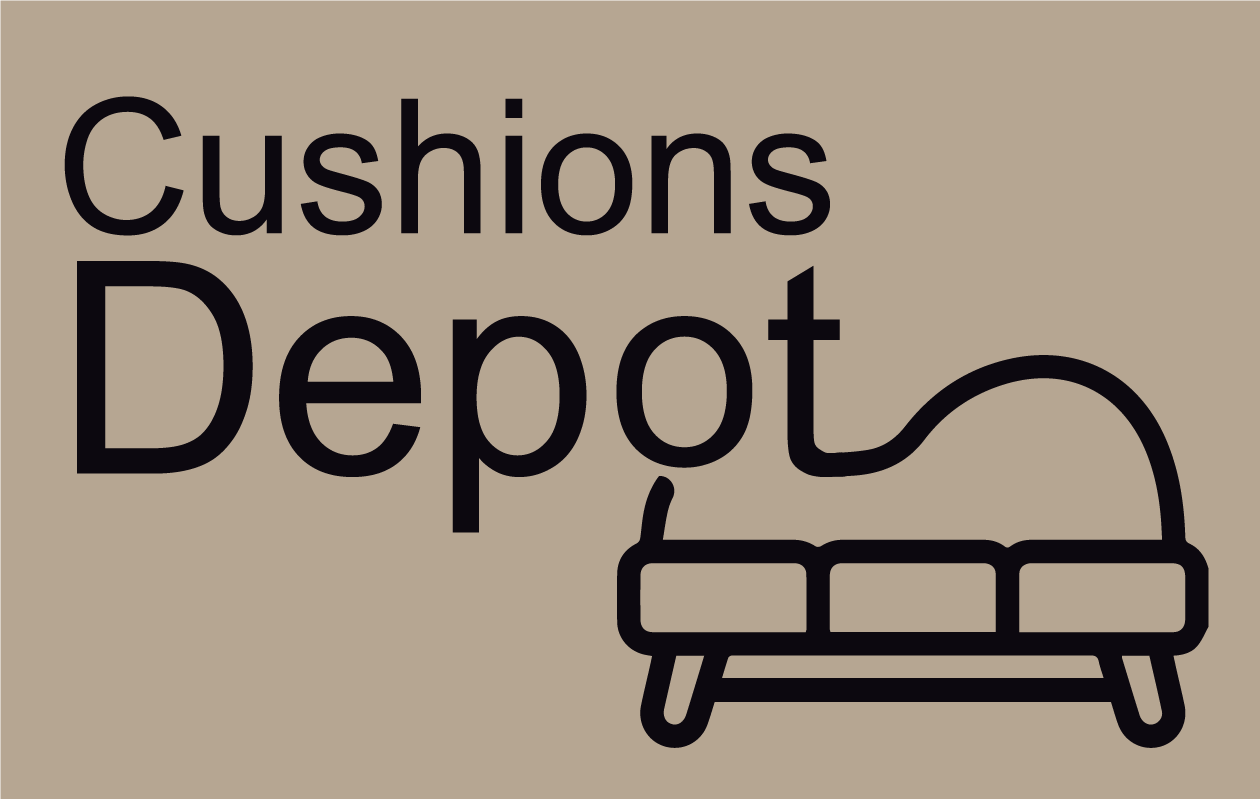Designing Cozy & Functional Common Areas for Senior Living Communities
Senior living communities are more than just residences; they are vibrant spaces designed to promote comfort, social interaction, and overall well-being. Thoughtful design plays a crucial role in ensuring that common areas feel warm, inviting, and functional for residents. Custom cushions, ergonomic furniture, and purposeful layouts can greatly enhance these shared spaces, making them comfortable and accessible while maintaining a stylish aesthetic.
The Importance of Comfort & Functionality in Senior Living Spaces
Common areas in senior living communities serve multiple purposes—they are gathering spots for social activities, quiet retreats for relaxation, and functional spaces for dining, reading, and entertainment. The key to designing these spaces effectively is to prioritize both comfort and functionality.
Seniors often have specific comfort needs, such as additional back support, soft yet supportive seating, and materials that are gentle on the skin. High-quality, custom cushions can provide enhanced comfort, ensuring that seating remains cozy and inviting. Ergonomically designed furniture with cushioned seating helps reduce pressure points and supports mobility, making it easier for residents to sit and stand without discomfort.
Custom Cushions: Enhancing Aesthetics & Comfort
Custom cushions are a simple yet impactful way to enhance the appeal and usability of common areas. Unlike standard cushions, custom options allow for personalization in terms of size, shape, material, and thickness, ensuring the perfect fit for every seating arrangement.
Key Benefits of Custom Cushions in Senior Living Communities:
Increased Comfort: Soft, supportive cushions make chairs, benches, and sofas more inviting and accessible.
Durability: High-quality fabrics, such as stain-resistant and antimicrobial materials, ensure longevity and hygiene.
Aesthetic Appeal: Custom cushions can match the overall interior design theme, creating a cohesive and visually pleasing environment.
Easy Maintenance: Removable, machine-washable covers make cleaning simple and efficient.
Creating Inviting Social Spaces
Social interaction is essential for the mental and emotional well-being of seniors. Well-designed common areas encourage residents to engage with one another, fostering a sense of community.
Key Design Considerations:
Flexible Seating Arrangements: Incorporating various seating styles—such as sofas, armchairs, and cushioned benches—ensures that residents have options based on their comfort preferences.
Soft, Neutral Colors: Warm tones and soft hues create a relaxing atmosphere, while vibrant accents can add a lively touch.
Layered Textures: Combining plush cushions with throws, rugs, and upholstered furniture enhances both comfort and style.
Quiet Zones: Designing smaller, intimate seating areas within larger spaces provides residents with quiet retreats for reading, reflection, or one-on-one conversations.
Safe & Accessible Design Features
Safety is a top priority in senior living spaces. Thoughtful furniture and layout choices can help prevent falls, support mobility, and ensure that all residents can comfortably navigate common areas.
Essential Safety Considerations:
Non-Slip Cushion Materials: Using non-slip backing or secure fastenings for cushions prevents shifting, reducing fall risks.
Proper Seat Height: Chairs and sofas should be at an appropriate height to allow for easy sitting and standing.
Supportive Armrests: Armrests provide additional support for seniors when getting in and out of seats.
Wheelchair Accessibility: Ensuring wide passageways and accessible seating arrangements accommodates residents with mobility aids.
Outdoor Common Areas: Extending Comfort Beyond Indoors
Outdoor spaces, such as courtyards, patios, and garden areas, play a significant role in promoting relaxation and wellness. Custom cushions designed for outdoor seating enhance these spaces by providing weather-resistant comfort.
Features of Outdoor-Friendly Custom Cushions:
UV-Resistant Fabrics: Protects cushions from sun damage and fading.
Waterproof & Quick-Dry Materials: Prevents moisture buildup and ensures long-lasting durability.
Breathable & Mold-Resistant Fabrics: Maintains freshness in varying weather conditions.
Easy-to-Clean Covers: Allows for quick maintenance and hygiene upkeep.
The Role of Custom Cushions in Memory Care Facilities
For seniors living in memory care units, thoughtfully designed spaces can improve cognitive function and emotional well-being. Custom cushions in soothing colors and familiar textures can create a sense of comfort and security.
Key Elements for Memory Care Spaces:
Color-coded seating Areas: Helps residents navigate spaces with ease.
Soft, Calming Fabrics: Reduces agitation and promotes relaxation.
Removable, Easy-to-Wash Covers: Maintains cleanliness and hygiene in high-traffic areas.
Firm Support for Comfort: Reduces pressure points and enhances overall seating support.
Conclusion
Designing cozy and functional common areas for senior living communities requires a balance of comfort, safety, and aesthetics. Custom cushions play a significant role in transforming these spaces into welcoming environments that support social interaction, relaxation, and well-being. By investing in high-quality, durable, and stylish cushions, senior living communities can create inviting spaces that enhance residents’ quality of life while ensuring long-term usability and appeal.
